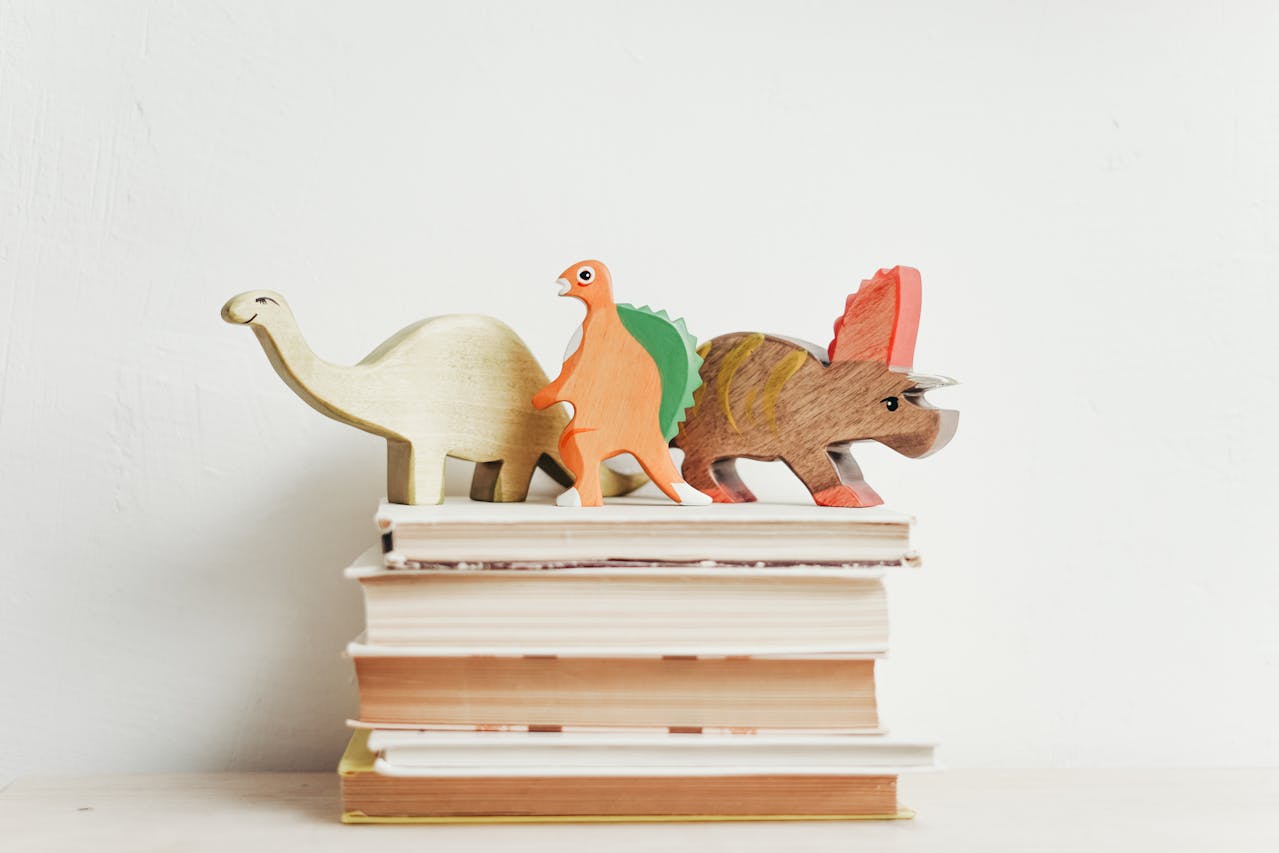Bedtime stories typically consist of a few key components that help to engage the child's imagination and make the story memorable. The three most important components are the character, location, and scenario. The character is the protagonist of the story and should be relatable and engaging for the child. The location is the setting of the story and should be imaginative and exciting. And the scenario is the situation or conflict that the character finds themselves in and must overcome.
Here's some more information on each component:
- Character: The character is the central figure of your story. This can be a person, animal, or even an inanimate object that comes to life. The character should be relatable and interesting to your child. You can give them a name, personality traits, and even a backstory to make them more engaging.
- Location: The location is where your story takes place. This can be a real place or a fantastical one, like a castle in the clouds or a forest filled with talking animals. The location should be described in detail to help your child visualize it and become immersed in the story.
- Scenario: The scenario is the situation or problem that your character finds themselves in. This is what drives the plot of the story and keeps your child engaged. The scenario can be as simple or complex as you'd like, but should always be age-appropriate and relatable to your child's experiences.
By carefully crafting these components, parents or storytellers can create a compelling and engaging story that captures the child's attention and sparks their imagination.

Share:
Involve your child in Bedtime storytelling
Scientifically proven benefits of bedtime storytelling